Sustainable Practices in Napa Valley Vineyards: A Guide to Eco-Friendly Winemaking
Napa Valley vineyards are famous for their amazing wines, but they’re also leaders in sustainable practices. These efforts focus on protecting the environment, supporting local communities, and keeping businesses strong. From saving water to farming organically, this article dives into how Napa Valley is making winemaking eco-friendly and why it matters.
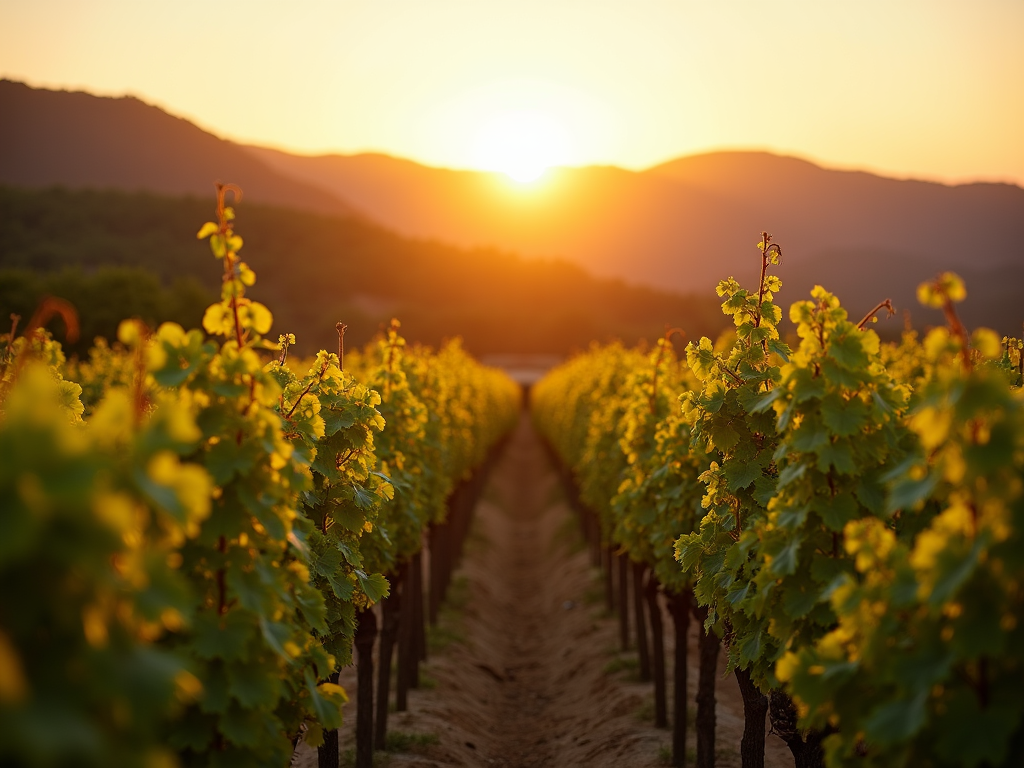
What Does Sustainability Mean for Vineyards?
Sustainable practices in Napa Valley vineyards are all about balance. They aim to care for the land, people, and profits at the same time. Some key methods include:
- Organic Farming: Using natural solutions instead of chemicals to grow grapes.
- Water Conservation: Saving water with smart irrigation and collecting rainwater.
- Biodiversity: Protecting wildlife by planting cover crops and keeping natural areas alive.
- Energy Savings: Switching to solar power or other renewable energy sources.
These steps help keep the planet healthy while making delicious wines.
Take Beringer Vineyards, for example. This well-known winery, started in 1876, has been a big name in Napa Valley for over a century. Now, it’s also a leader in sustainability. They use solar energy, recycle water, and farm organically. It’s a great mix of tradition and modern care for the earth.
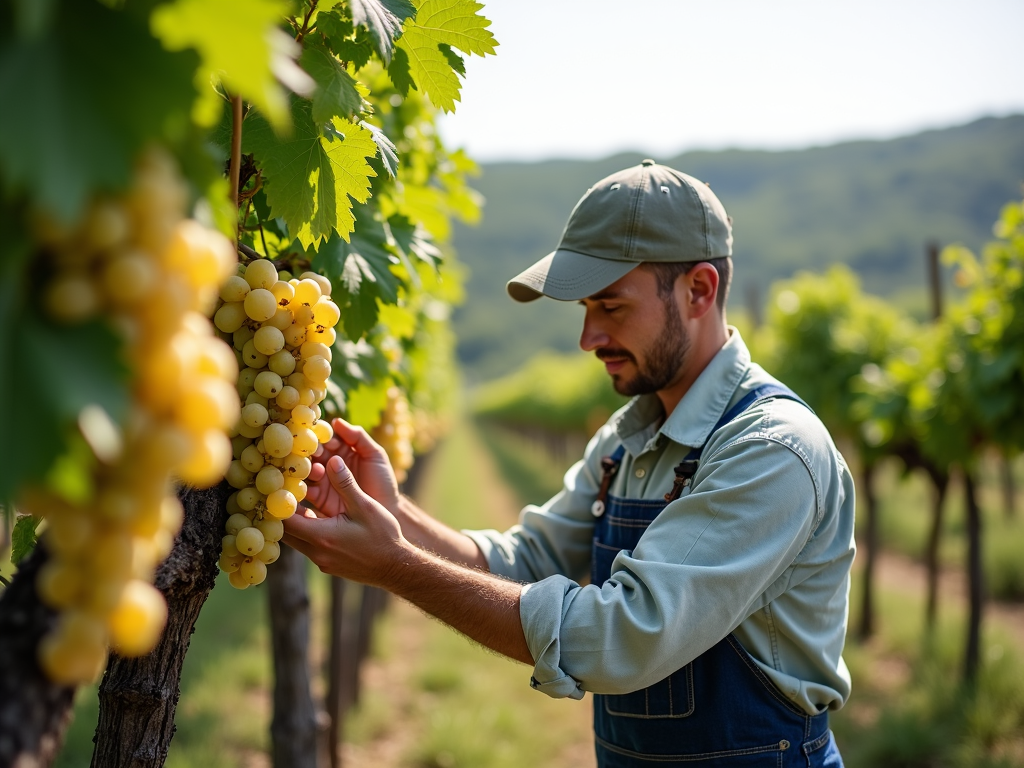
A Look Back: The History of Napa Valley Winemaking
Napa Valley’s winemaking story began in the 1800s when settlers saw the area’s perfect soil and weather for grapes. It wasn’t always easy—bugs like phylloxera and laws like Prohibition caused trouble. But Napa bounced back every time. Today, sustainability is a big part of that story, as vineyards work to protect the land for the future.
Top Sustainable Practices in Napa Valley
Here’s how Napa Valley vineyards are going green:
| Practice | How It Helps |
|---|---|
| Integrated Pest Management | Uses nature, like ladybugs, to fight pests. |
| Cover Cropping | Stops soil from washing away and feeds it. |
| Composting | Turns waste into food for the vines. |
| Renewable Energy | Cuts down on pollution with solar or wind. |
These methods make vineyards healthier and wines tastier.
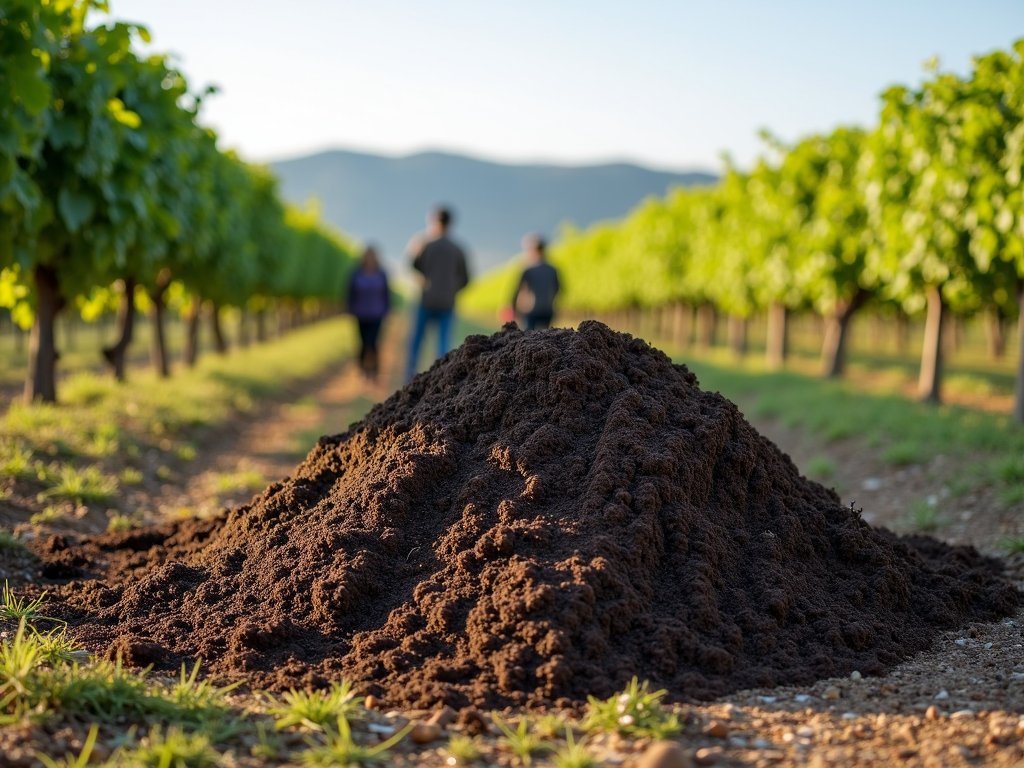
Beringer Vineyards: A Sustainability Star
Beringer Vineyards stands out for its green efforts. They’ve cut water use by 30% with smart systems that only water when the soil needs it. Many of their grapes are grown without chemicals, keeping the land strong. Plus, solar panels power their winery. If you visit, their Beringer wine tasting notes highlight crisp whites and bold reds—all made with the planet in mind.
I once toured a Napa vineyard that used compost from its own grape skins. The air smelled earthy and alive, and the vines looked stronger than ever. It’s moments like that—seeing the cycle of nature at work—that show why sustainable practices in Napa Valley vineyards matter so much.

How You Can Help Sustainable Winemaking
Love wine? You can support sustainability too! Try these ideas:
- Pick Certified Wines: Look for labels like Napa Green or California Sustainable Winegrowing Alliance.
- Visit Green Vineyards: Plan a trip to eco-friendly spots in Napa Valley.
- Ask Questions: At tastings, ask how the wine was made—it shows you care.
- Tell Others: Share what you learn about sustainable wines with friends.
Every choice you make helps keep Napa Valley thriving.
When I visited a sustainable vineyard, the guide told us how cover crops brought back butterflies and bees. It wasn’t just about the wine—it was about the whole ecosystem. That stuck with me. Supporting these places feels good because it’s real progress you can see and taste.
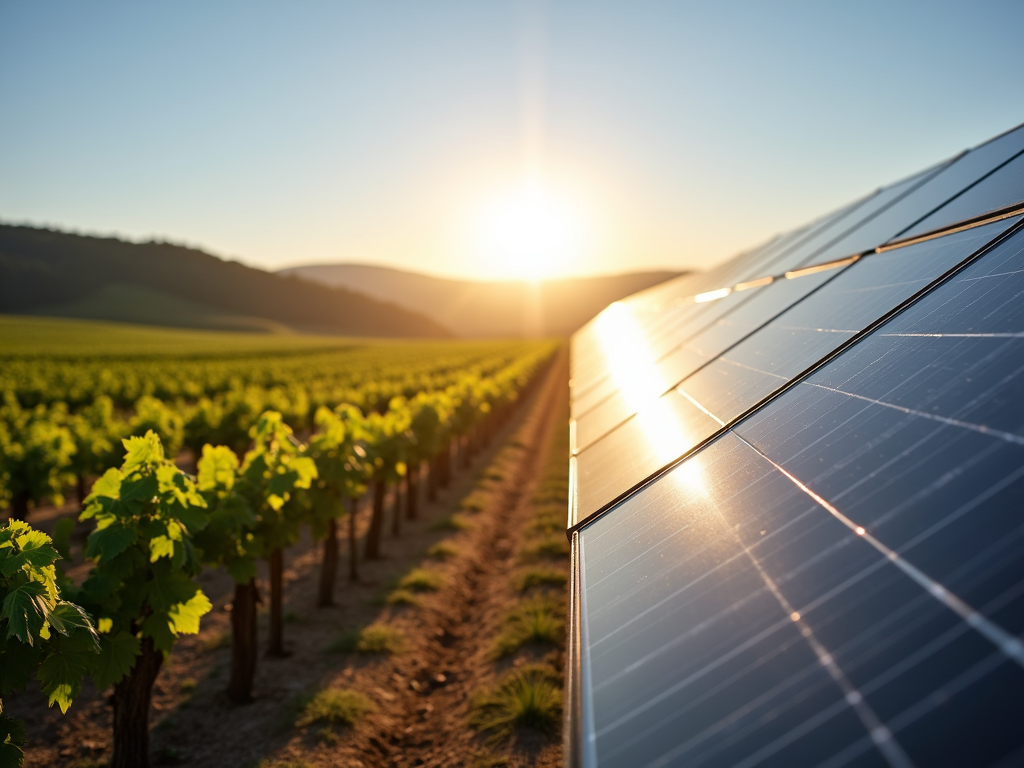
The Future of Napa Valley Vineyards
Napa Valley is looking ahead with sustainability. Climate change is a big challenge, but vineyards are adapting. New tools like sensors that track soil health or apps that save energy are making a difference. The goal? Keep the valley’s beauty and wine quality alive for years to come.
Experts like those at the University of California, Davis, are helping too. Their research on sustainable farming (check out ucdavis.edu) shows how small changes can have a big impact. Napa’s vineyards are listening and acting on that advice.
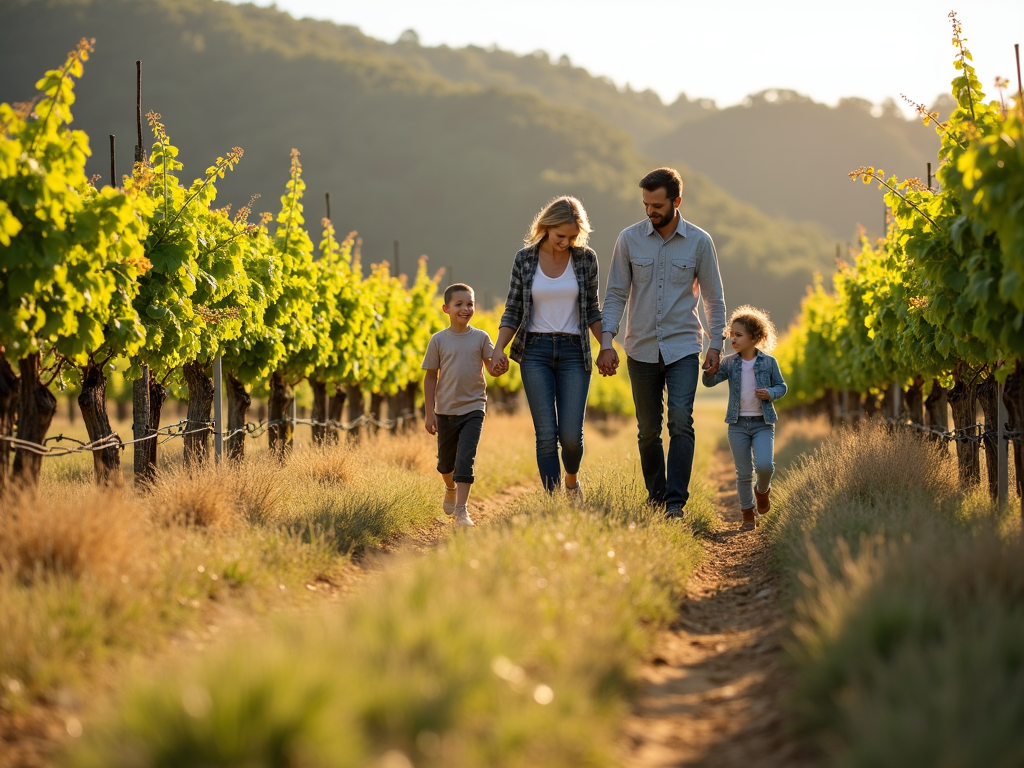
Why It All Matters
Sustainable practices in Napa Valley vineyards are more than just good ideas—they’re the future. By farming organically, saving water, and using clean energy, these vineyards protect the land and make incredible wines. Beringer and others lead the way, proving you don’t have to choose between quality and caring for the earth. Next time you sip a Napa wine, think about the work behind it—and how you can support it.